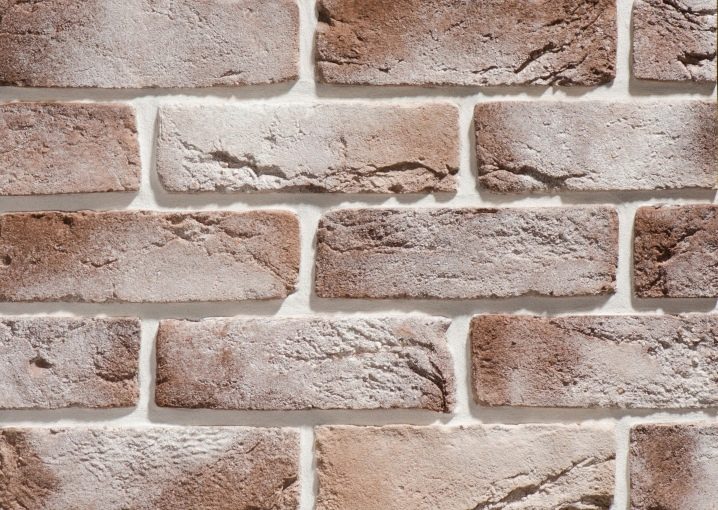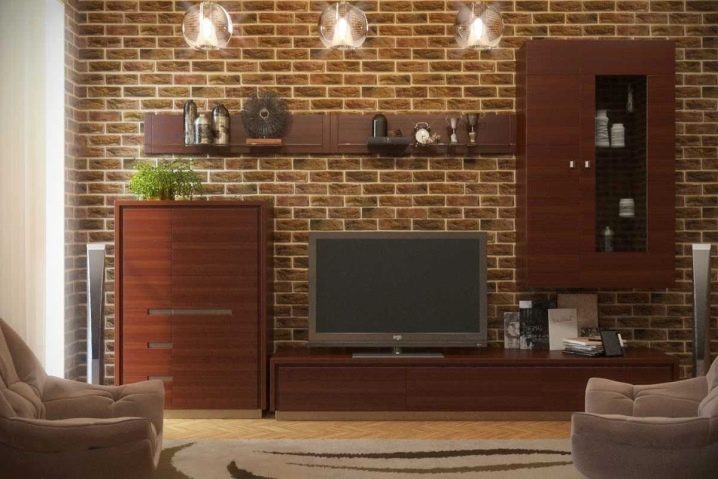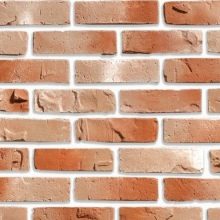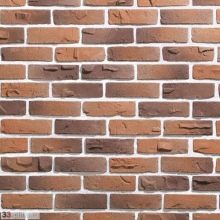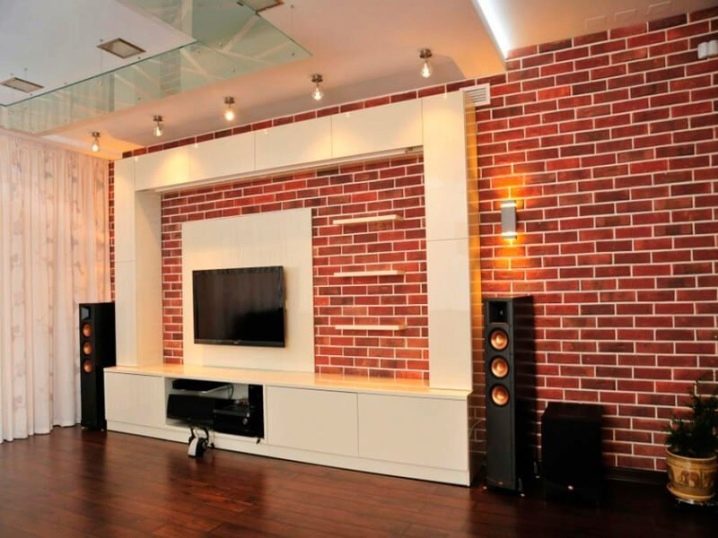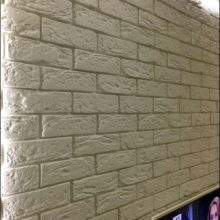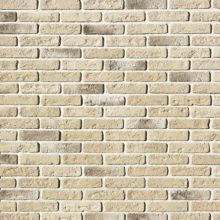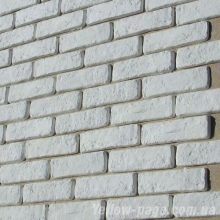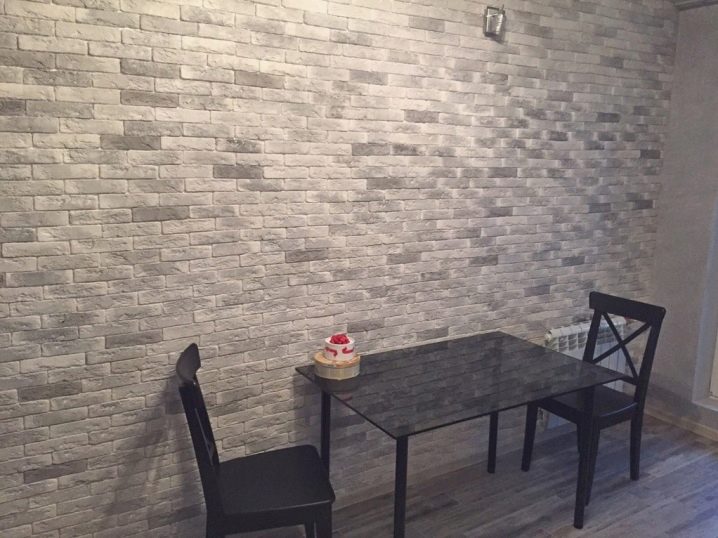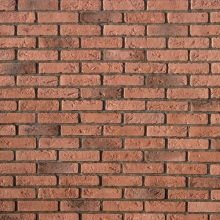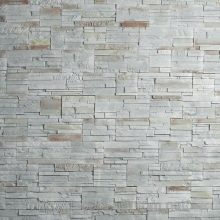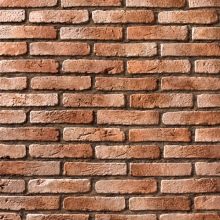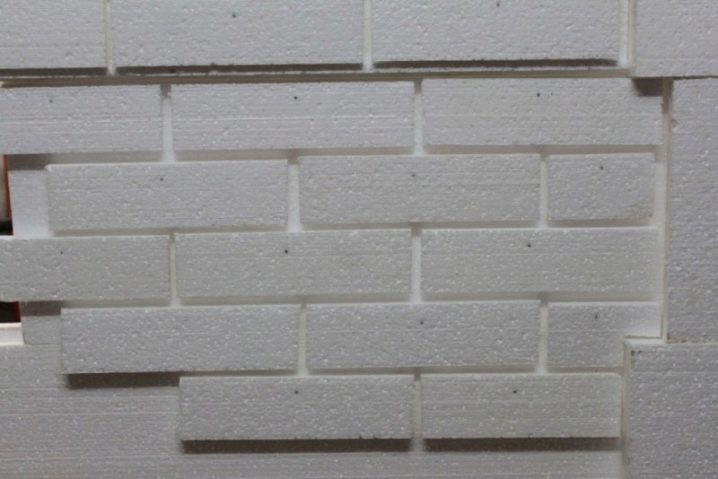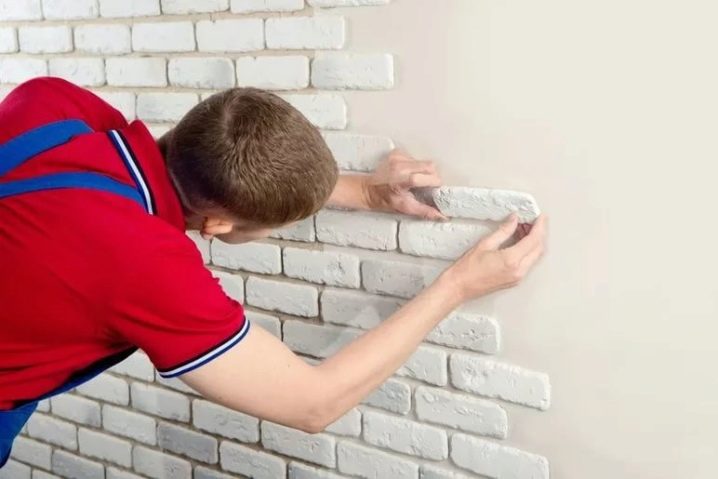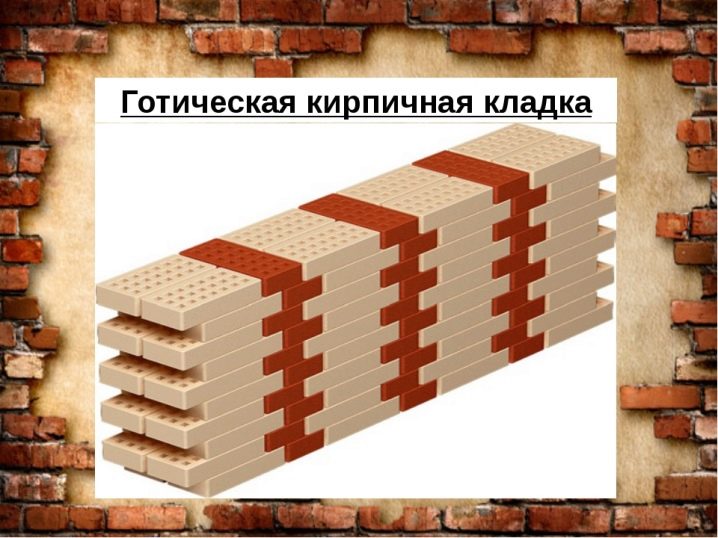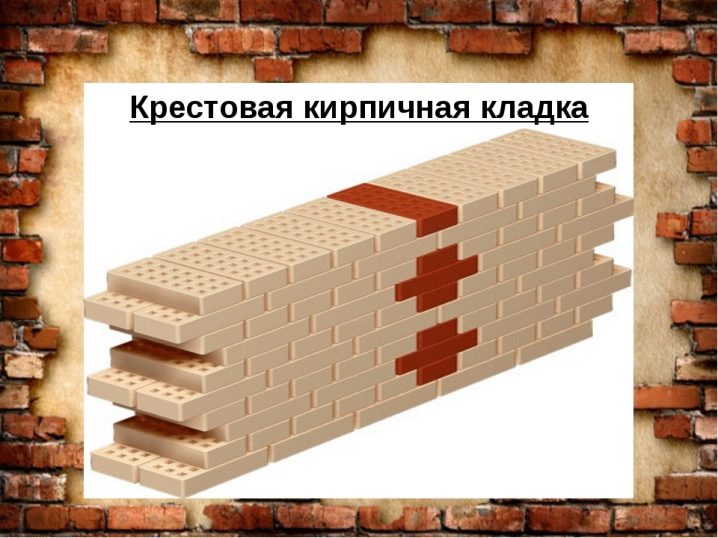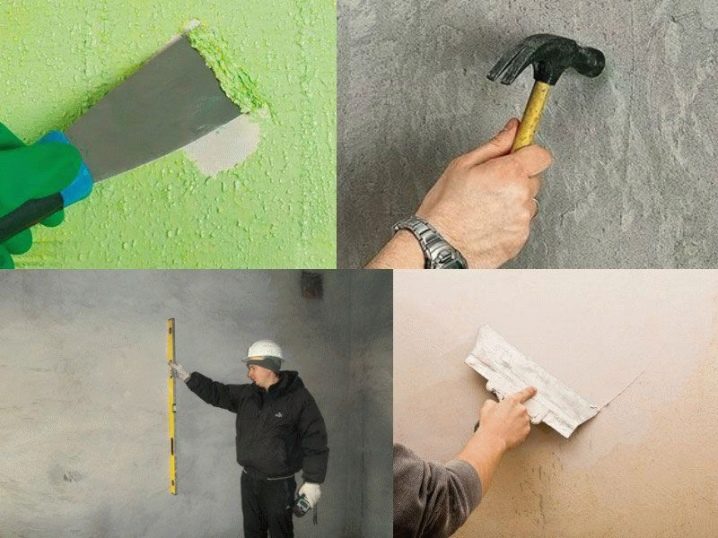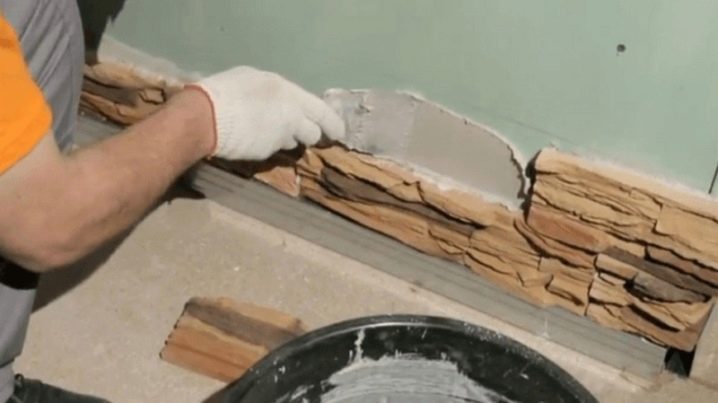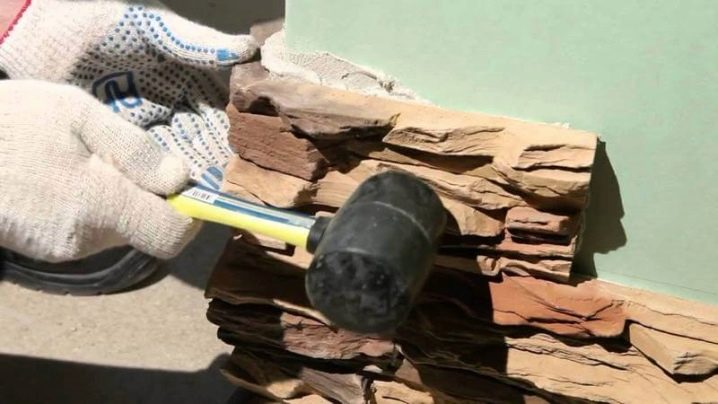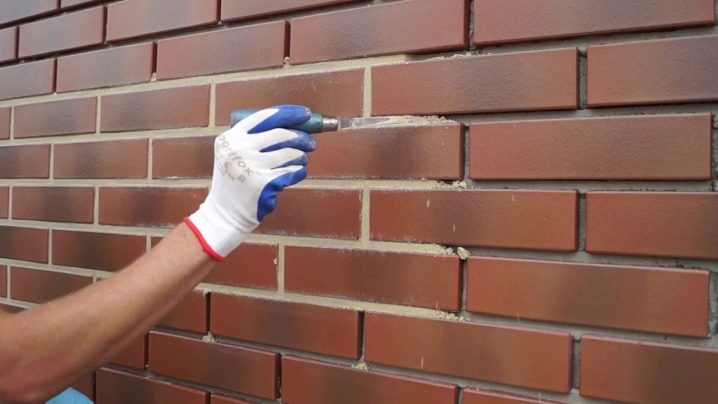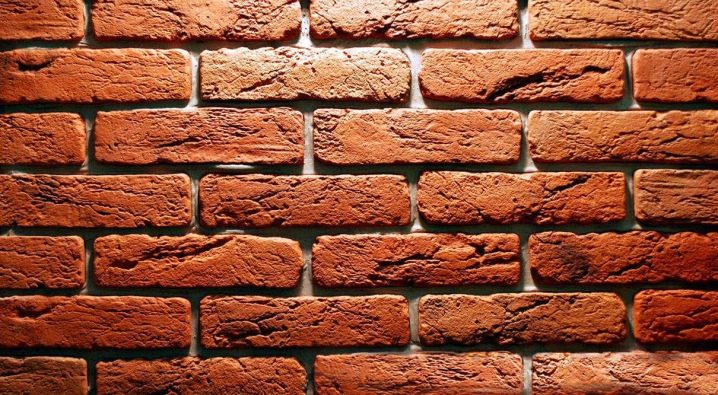How to put a decorative brick?
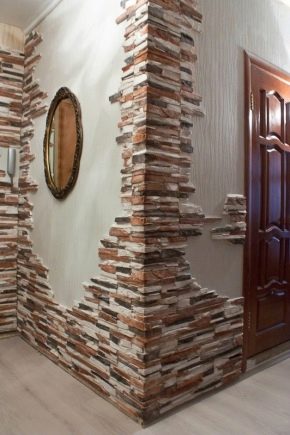
The construction world is ready to offer a great variety of materials for arranging the design of an apartment or your own home. From simple and banal wallpaper to decorative plaster. Among this list there are many special finishing options, one of them is decorative brick.
Material Features
Despite its unusual nature, decorative brick began to be in demand quite recently. When choosing decorative cladding, more and more people are inclined to this type of wall decoration, realizing that the brickwork is perfectly combined with any interior.To understand what qualities and features are inherent in decorative brick, you should read more closely with this material. To date, the construction market offers buyers several options for brickwork for decorative finishes, which are made of various materials.
Clinker
The main part of the composition for this type of decorative brick is clay. In the manufacture of it undergoes a special process of pressing and subsequent firing. Thanks to these procedures, clinker decorations calmly tolerate changes in temperature and weather conditions. From this it follows that this type of brick can be used not only for interior decoration, but also for exterior cladding.
Clinker in its features is characterized by a high level of strength. Of course, it is possible to damage it, but it will have to exert maximum efforts and construction equipment. In addition to the fortress, clinker easily tolerates exposure to ultraviolet rays, and is not afraid of chemical elements. Wet environment for clinker decorative brick is not terrible. Of course, it absorbs some moisture from external influences, but this does not affect its appearance.An important feature, which falls to the liking of the inhabitants of the regions with severe winters, the clinker brick is immune to low temperatures.
In the production process, a coloring pigment is added to the basic composition, due to which the finished product acquires various shades, from which it is necessary to choose a suitable one according to the general style of the interior. In addition to a number of advantages, the clinker has one important disadvantage, it is the price. This option of facing is not cheap at all, but having paid once it will be possible to be content with the beauty of brick decoration for many decades. Especially when it comes to the exterior of the house.
Gypsum
Gypsum for its features is widely known in the construction industry and is used in almost all types of repair work. It is very easy and convenient to work with him. Installation of gypsum bricks is very simple, to cope with this task under the force of any person. Fans of doing everything with their own hands will be delighted to learn that a decorative brick based on gypsum can be made with your own hands, you just have to stock up on a plaster mix and several forms.
According to its characteristics, gypsum is a very appealing material.It does not hesitate to be processed, due to which it has a huge variety of color palettes. In addition, gypsum is safe, which is also a positive quality in interior decoration. Decorative brick on the basis of gypsum has a heat and sound insulation. But, despite the many advantages, this material can be used only in closed warm rooms, since gypsum does not tolerate a moist environment and low temperature.
Polyurethane
Polyurethane is considered the most budget option. But for decoration of room premises or cladding the facade of the house is not suitable. Basically polyurethane decorative bricks are used for finishing public spaces. Its appearance resembles the outline of bricks, but when you look closely, the props become visible. The main disadvantages of this version of decorative brick are in the intolerance of sunlight. Under the influence of ultraviolet paint becomes faded, and then completely fades.
Styrofoam
The foam itself is a fragile material. Decorative bricks made of foam, have several qualities.Of course, the cost of this material will be invisible to the family budget. But children, studying the environment, can stumble, fall and hit their heads against the wall, but the foam facing will not cause harm, only soften the blow.
In addition to the standard characteristics of decorative bricks, special attention should be paid to compositions that are suitable for laying facing material.
- For the installation of gypsum and clinker bricks, cement glue will be the most suitable. He clings to concrete and plaster without difficulty. Not afraid of contact with moisture. Easily tolerates temperature fluctuations.
- Gypsum-based putty suitable exclusively for indoor use. Its composition can withstand clinker decorative bricks, plaster and foam varieties.
- Silicone mass is suitable for working with each type of decorative bricks. In addition, silicone is an indispensable material for mounting decorations in rooms with high humidity.
Types of masonry
Today, modern masters are ready to offer their services for laying decorative bricks in various forms.The most common are block, gothic and cross methods. Of the options presented, the simplest technique of laying has a block method. You do not need to do a drawing. Bricks are stacked in a straight line, taking into account the differences of the lower band. In simple words, a whole specimen should stand above the seam between the two stacked bricks. The seams must not fit together.
For the Gothic method of laying required to follow certain rules. First, a solid brick is glued, after it there is a small element of brickwork. The next row should already be done with a slight shift to the right side. In this case, the seams should not be located far from each other. Upon completion of the work, the brick wall will look extremely unusual. The presence of various sizes of decorative cladding creates the impression of chaotic masonry, but the presence of some pattern is still visible.
Cross laying method is characterized by increased complexity of installation. The bricks are required to have different sides in alternate order. Observing the installation rules, it will be seen that the seam of the new row began to move slightly relative to the lower band.
Required tools
Before proceeding with the installation, it is necessary to prepare the tools without which it is impossible to do:
- measuring tape;
- ruler;
- clerical pencil;
- brush;
- putty knife;
- level;
- rope;
- glue;
- saw.
Surface preparation
In addition to the beauty and originality, decorative brick coating allows you to hide the flaws of the walls. Therefore, before laying there is no need to level the base. Otherwise, surface preparation should be carried out using a special technology.
- The walls are thoroughly cleaned, old wallpaper and flaky paint are removed.
- Next, you need to get rid of fat. To check the presence of fatty plaque should use water.
- If the decorative brick is glued to a wooden or metal base, then the surface will have to be treated with insulating material. In some cases, a light cement-based mortar can be used.
- To increase the strength of adhesion, on the entire surface of the base is required to leave frequent scratches.
After preparing the base, you can proceed to the installation of decorative bricks. In order for the result to exceed all expectations, you need to remember a few important rules.
- For evenness of the seam between the bricks, it is necessary to use special crosses. Nails can serve as an analogue of crosses.
- At the end of the laying work the joints between the bricks need to be rubbed. The ideal composition will be a special mixture for grouting or plaster.
- To preserve the appearance of the finished decorative surface, you should use wood varnish.
- In the apartment you can equip any room with brick decorations. For example, in the corridor to varnish the surface, and in the rooms to paint it with paint suitable for the interior.
How to put a brick with your own hands?
Installation of decorative tiles in the form of bricks begins with checking the level of the floor covering. If there are flaws, you need to recapture a straight line and outline it with a pencil. Laying the bricks is necessary in the direction from the bottom up. It is very important to note that the joints should not be combined with each other. Facing laid out in chess.
It is extremely difficult to compose a complete composition in advance; everything is done already at the place of work. Therefore, the bricks are chosen different in shape and size. If a coincidence occurs, you can slightly trim the decorative element,edges to process a sandpaper to create effect of realness. Glue mass can be applied both on the surface and on the tile. When laying it is very important to push the brick harder. Due to this action, the gaps in the seams and possible empty space in the wall will be filled. If the excess turned out to be a lot, then it must be removed.
It is easy to glue the tile onto the base, the main thing is not to lose it, since there are only five minutes to correct the error. When processing doorways and slopes, it is necessary to draw in advance an approximate drawing with the location of the bricks. This action will facilitate the process of laying a decorative surface. When working with corner joints, you will need to show maximum concentration and make cuts at an angle of forty-five degrees with the help of the wort. At the same time put the tiles so that the angle was ninety degrees.
Particular attention is required to sharpen the seams between the decorative bricks. The appearance of the lining largely depends on their thickness. You can put decorative elements on each other, but the essence of the design will be lost. Thus, it becomes clear that lay out a decorative brick under the power of each person.The marking is initially done, after which the bricks can be glued to the wall. With the help of crosses, the evenness of the seams is maintained.
After the main work is over, it is necessary to proceed to the decorative processing of the brick surface. This procedure will be the final stage of finishing. In places where there are defects in the form of chips, cuts, as well as near switches and sockets, it is required to fill the voids with plaster putty. For this job a small spatula will do. If the solution on the tile turned out more than required, then the excess must be removed with a damp sponge. The same goes for seams. Voids need to be filled with basic material.
After drying, the seams must be wiped. Sandpaper is suitable for this procedure. The work will take a little longer, but scratches will not be visible on the basis of the seams. On the bricks themselves, after drying the entire surface, gray spots may appear. A tough brush will help get rid of them. Then, at the request of the owners, the surface of the decorative brick is covered with a lacquer composition or paint.
How to put a decorative brick, you will learn from the video.
